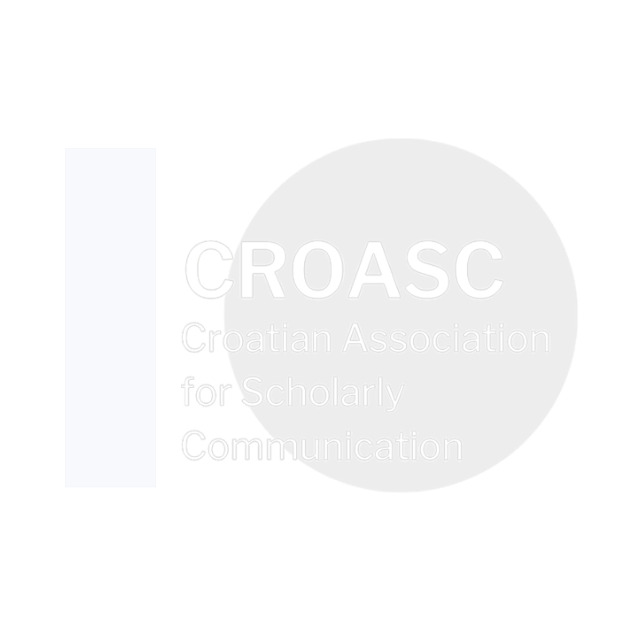Some implication of FAIR principles on tales in ethnological and anthropological qualitative research
Olga Orlić
14 September 2023
Session 4 ‣ Open science in action
15:30 – 17:15
Open science, accessibility and knowledge sharing, especially of articles and monographs stemming from a publicly funded research, seem to be quite a positive direction in the development of science and have received almost unanimous approval from a scientific community. However, when it comes to data sharing, voices are not so in unison. Concerning natural sciences, the data collected could become completely anonymised, while the anonymisation of data in Social Science and Humanities, e.g. ethnology and anthropology, could still result in recognisability of interlocutor. Anthropologists and ethnologist have been using qualitative methodological tools since the inception of the discipline, and documented their research and data collected (audio tapes, transcripts, diaries, drawings, video tapes). However the data collected were never kept in open source archive. On the other hand, Historians “discovered” classical anthropological methodology of interviewing people of interest (recording in-depths interviews and their transcribing) and applied it to, at least for them, a new type of sources – i.e. people that witnessed some important (or even not so important) historical events (Dunaway and Baum 1984). But, they moved a step further because, unlike anthropologist, they wanted to make this source (in the shape of an edited transcript and audio file) accessible to other researchers. They have set up Oral history and Oral history archives that now have been existing for more than half a century (Starr 1996 (1984): 40) and have started contributing to current goals of open science quite early.
A standard procedure in conducting an in-depth interview (as the most common qualitative methodological tool for anthropology (today mostly anthropology by appointment (Hannerz 2006)) is providing enough information for the interlocutor in order to sign an informed consent. Apart from describing the research the informed consent sheet has to contain the data explaining the procedure of keeping and managing the data, as well as mentioning media in which the data will be presented (articles, exhibitions, documentary etc.). Anonymity is always one of the possibilities informed consent offers, and majority of interlocutors opt for it, but not all. Occasionally, the interlocutor insists on periodical switching off the recorder by researcher, usually when something delicate is being recollected. Interlocutors are aware that voice can be recognized and try to make sure that this does not happen. Also, quite often, after the interview ends, the researcher can hear the information that was not meant to be recorded.
Although there are ways to anonymise the data (as explained in Celjak et al 2020) interlocutors coming from smaller communities or groups can be recognized from the parts of the transcript that have not been removed (in order to secure anonymity) or by voice. Also, the obligation of the researcher to describe the ways in which the data will be managed in the future will inevitably impact the narratives collected. Anthropologists have already noticed the difference between “order imagined” and “order realized” (eg. the ideal wedding vs. actual wedding traditions). One has to take into account that the possibility to share, for example, his/her wedding story with the future researchers (whoever they might be), might be, at least for someone, a call for creating a kind of FAIRy Tale for the future. After all, imagine yourself recollecting your own wedding to a researcher, but also knowing that it will become the story for the archive or repository? What kind of story would you tell? And what if we are researching certain delicate topic, such as IVF experiences or experience of individuals working stigmatized jobs? Having all that in mind I argue for a more vigilant approach of agencies funding research when embracing the idea that all the data should be available. Not all the data should be made available because this could, in the end, compromise the research process itself. Some data must remain in the space of trust created between main actors in the research process.







